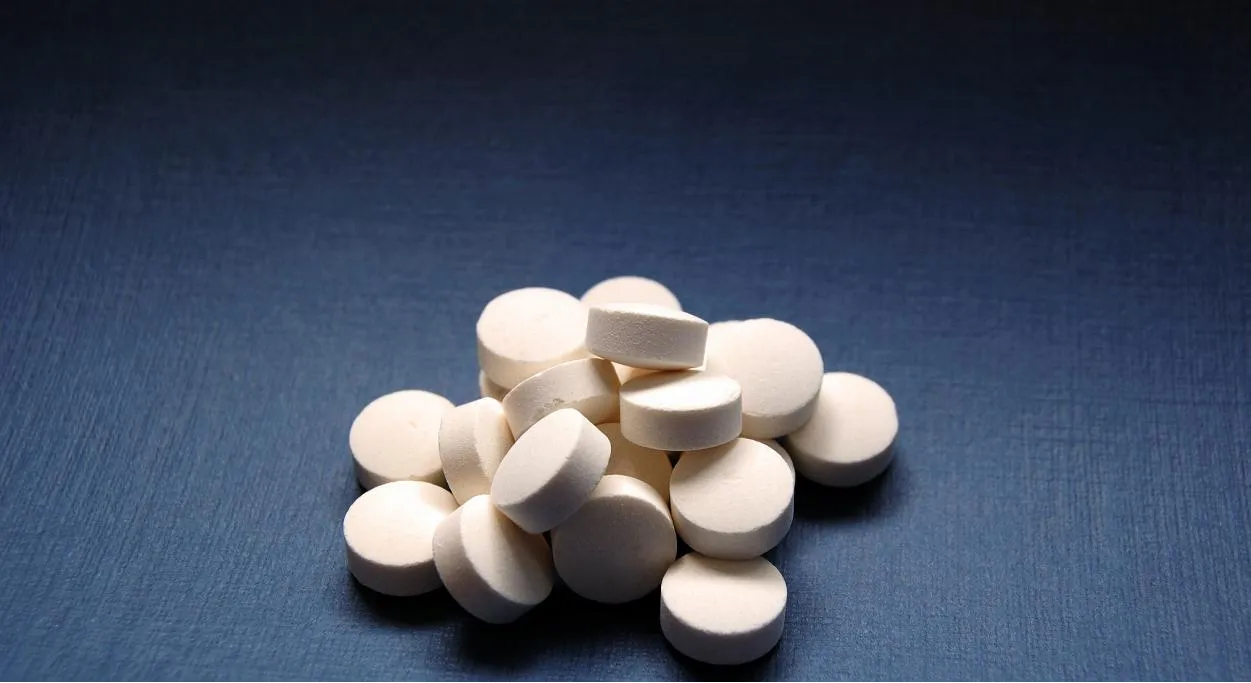
Hydroxypropyl Methylcellulose Properties Applications and Comparisons in Pharmaceutical and Industrial Use
Hydroxypropyl Methylcellulose (HPMC), also known as hydroxy methyl propyl cellulose, is a non-ionic cellulose ether widely used in pharmaceutical, food, cosmetic, and construction industries.

What Is HPMC and How Does It Compare to Other Cellulose Derivatives?
It’s derived from natural cellulose through chemical modification with methyl and hydroxypropyl groups. For those asking, what is HPMC made from? — it originates from refined wood pulp or cotton linters, making it a plant-based, biodegradable, and safe polymer.
In pharmaceutical applications, HPMC serves multiple roles including tablet binders, film coatings, and capsule shells. One common question is hec vs hpmc — HEC (hydroxyethyl cellulose) and HPMC are both cellulose ethers, but HPMC offers superior thermal gelation, film-forming ability, and broader pharmaceutical acceptability. While HEC is mainly used in paints and personal care, HPMC is more widely accepted in drug formulations due to its stability and biocompatibility.
For example, HPMC in tablets is used to control drug release, improve tablet hardness, and enhance stability. Depending on the formulation goal, different grades and viscosities are selected. A common pharmaceutical grade, HPMC E50 viscosity, offers moderate thickening and excellent film-forming properties. Meanwhile, HPMC E5 solubility is well suited for applications requiring fast dispersion and solubilization.
It's also worth noting that HPC HPMC combinations (Hydroxypropyl Cellulose and HPMC) are often used together in drug formulations to fine-tune release characteristics or improve film quality. The synergistic effect helps achieve controlled or sustained drug release profiles, making them a standard pairing in advanced pharmaceutical development.

Capsule Use, Gel Formulations, and Global Supply
One growing area of interest is the use of HPMC capsules as a vegetarian alternative to gelatin capsules. These capsules are suitable for moisture-sensitive, heat-sensitive, or animal-free formulations. Among the common HPMC capsules uses are supplements, probiotics, and prescription medications. HPMC capsules are not only plant-based but also stable across a range of humidity and temperature conditions.
Formulators working on topical applications benefit from HPMC gel formulation capabilities. The polymer forms a clear, stable, and soothing gel that is ideal for ophthalmic uses, skin products, and medical gels. In fact, products like Retaine HPMC 0.3 eye drops utilize HPMC’s viscoelastic properties to retain moisture on the eye surface and alleviate symptoms of dry eye. Though Retaine HPMC 0.3 has seen availability changes in some markets, its formulation serves as a benchmark for ocular hydration solutions.
To source this versatile material, companies often connect with a reputable HPMC-hydroxypropyl methyl cellulose manufacturer. Major HPMC limited producers provide a variety of grades including low, medium, and high-viscosity options tailored for specific industries. For businesses, it’s vital to buy hydroxypropyl methylcellulose from certified, compliant manufacturers to ensure consistency, purity, and regulatory alignment.
The broader pharmaceutical industry also uses HPMC alongside HPC to enhance solubility and control the drug release rate. This is especially important for poorly soluble drugs. The HPMC E5 solubility is particularly useful in film-coating solutions, while HPMC E50 viscosity finds utility in sustained-release tablets due to its thicker consistency.
HPMC’s Global Relevance and Versatility Across Applications
HPMC remains one of the most widely used cellulose derivatives due to its safety, performance, and adaptability. Whether evaluating HEC vs HPMC or comparing HPC HPMC blends, the differences highlight HPMC’s superior thermal, gelation, and pharmaceutical properties.
From HPMC gel formulation in eye care to HPMC in tablets for drug delivery, this cellulose ether offers unmatched versatility. Capsule manufacturers rely on it for producing HPMC capsules, while industrial formulators appreciate its ease of handling and solubility characteristics like HPMC E5 solubility and E50 viscosity profiles.
As demand continues to grow, sourcing from a reliable HPMC-hydroxypropyl methyl cellulose manufacturer or HPMC limited company is key to ensuring quality. Whether you’re a consumer looking to buy hydroxypropyl methylcellulose or a company seeking innovative formulations, HPMC continues to prove its value across a spectrum of industries.
Frequently Asked Questions About HPMC Grades, Uses, and Sourcing
What is the difference between HEC and HPMC?
Answer:The HEC vs HPMC comparison highlights that both are cellulose ethers, but HPMC is preferred for pharmaceutical use due to better film-forming ability, heat resistance, and biocompatibility. HEC is more common in industrial and personal care applications.
What is HPMC made from and is it safe?
Answer:What is HPMC made from? It’s derived from natural cellulose (wood pulp or cotton). It undergoes chemical modification with methyl and hydroxypropyl groups, making it safe, biodegradable, and widely accepted in pharmaceuticals, foods, and cosmetics.
What are the uses of HPMC capsules?
Answer:HPMC capsules uses include encapsulating dietary supplements, vitamins, probiotics, and medications. They are ideal for vegetarian consumers and offer stability under heat and humidity compared to gelatin capsules.
What is HPMC gel formulation used for?
Answer:HPMC gel formulation is used in ophthalmic gels, topical skin products, and cosmetic applications. Its viscoelastic nature makes it soothing, clear, and ideal for products like Retaine HPMC 0.3 eye drops.
Where can I buy hydroxypropyl methylcellulose in bulk?
Answer:You can buy hydroxypropyl methylcellulose from a certified HPMC-hydroxypropyl methyl cellulose manufacturer or large-scale HPMC limited producer. Look for suppliers with pharmaceutical or food-grade certifications for quality assurance.
-
Hydroxypropyl Starch as a Sustainable Construction AdditiveNewsNov.24,2025
-
The Gelation Properties of CMCNewsNov.21,2025
-
Redispersible Latex Powder and Water Retention CapacityNewsNov.21,2025
-
Dosage Control for Polycarboxylate Water ReducerNewsNov.21,2025
-
Film-Forming Properties of Polyvinyl AlcoholNewsNov.21,2025
-
The Function of Gypsum Additives in MortarNewsNov.21,2025





















